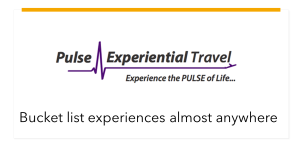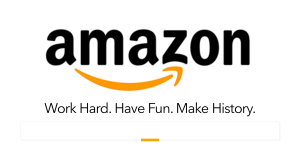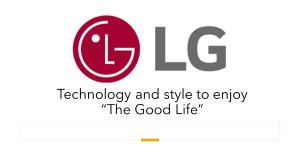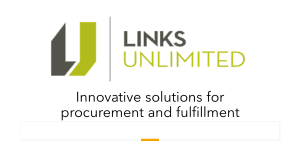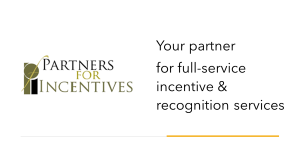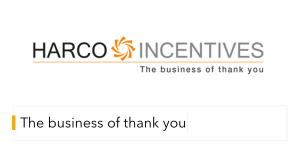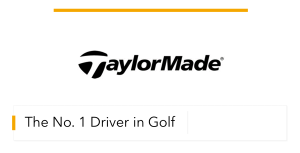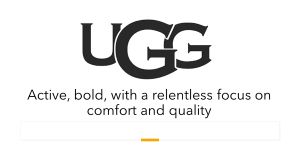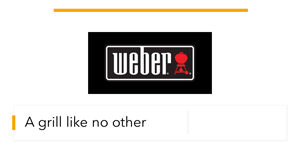Loyalty Veteran Sees More Instant Gratification, Power of Brands, Need for Measurement
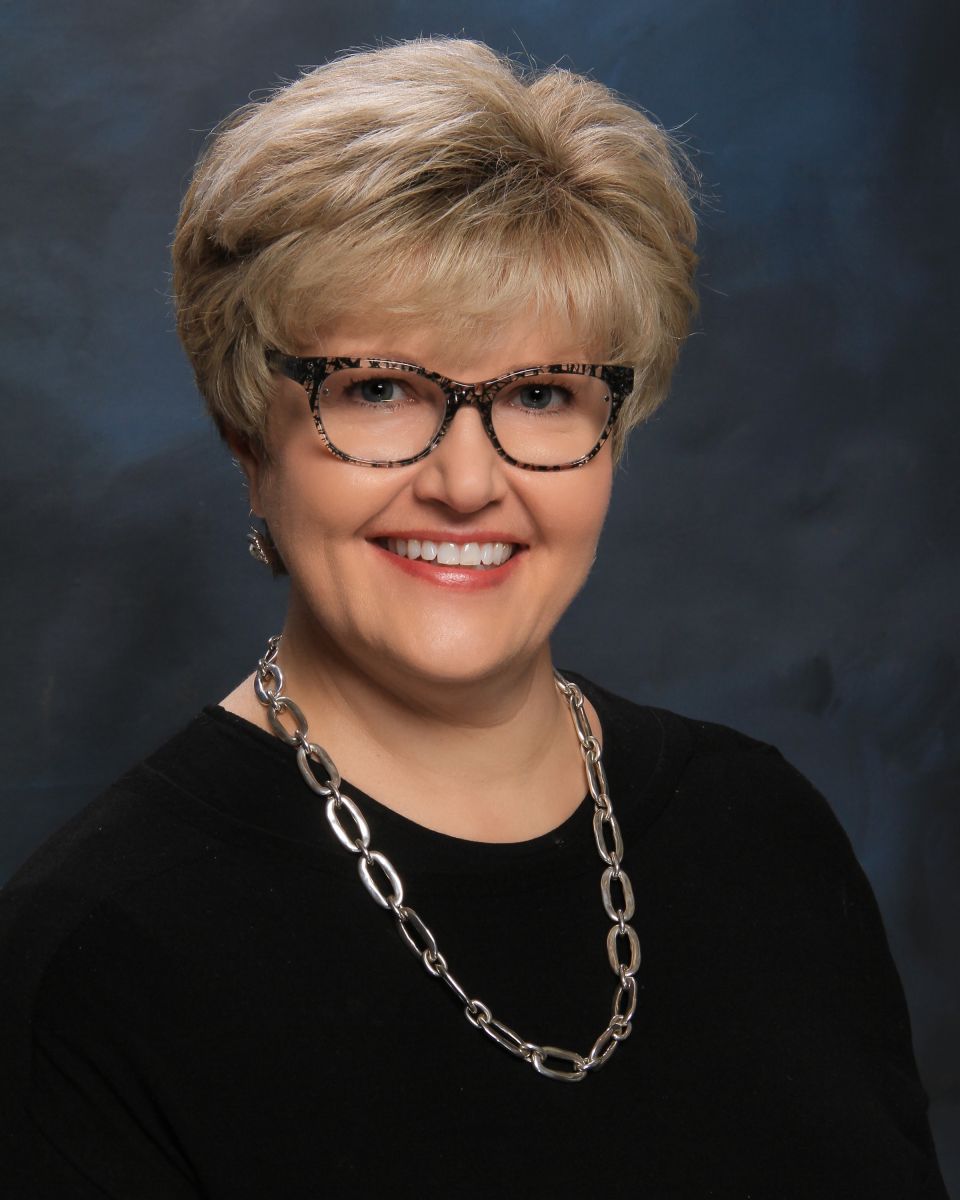 Michelle Holmes, Senior Director at Travel and Transport and head of its loyalty division, shares her perspective on loyalty trends based on her company’s nearly 30 years in financial services and retail loyalty programs. She sees more instant gratification, the importance of brand curation in program engagement, and growing interest in ROI-based program design.
Michelle Holmes, Senior Director at Travel and Transport and head of its loyalty division, shares her perspective on loyalty trends based on her company’s nearly 30 years in financial services and retail loyalty programs. She sees more instant gratification, the importance of brand curation in program engagement, and growing interest in ROI-based program design.
Travel and Transport is one of the leading corporate travel agencies in the US, so how did it come to be a major player in the loyalty field? To hear Michelle Holmes tell it, the story reflects the culture of this employee-owned, Omaha-based company: a deep-seated commitment to listening to customers and empowering employees to meet their needs.
Explains Holmes, Travel and Transport’s loyalty business goes back to 1986, when an enterprising executive with relations in the banking industry created an opportunity to offer travel rewards to banking customers. In the early days of bank card loyalty programs before the Internet, individuals booked airline travel through Travel and Transport’s travel agency using their bank card and mailed receipts to receive a rebate on their credit cards. In the early 1990s, around the time Holmes joined, the company discovered an overlooked niche. “At the time, some programs only offered travel, others only offered merchandise. We thought, why not offer both?” This led to our offering gift cards and then merchandise along with travel. “We do it all based on what our client needs. Some programs focus only on travel, some have no travel. Some include gift cards, merchandise, or an e-gift. We offer all the options.”
.jpg) Today, she says, her company provides loyalty platforms for credit, debit card, and retail loyalty as well as dealer programs for corporations, to both large and mid-sized companies. Her division helps its clients design and set up programs using its own proprietary reward redemption platform and selection, white-labeled for each program. In addition to offering a highly secure platform designed to meet the most rigorous security requirements, Holmes adds, the company offers “program design based on decades of experience and data, as well as customized redemption platforms, carefully curated rewards that can include the leading brands in air, car, hotel, tours, cruises, VIP tickets and events, and concierge travel, gift cards, merchandise, as well as program management, fulfillment services, and analytics.”
Today, she says, her company provides loyalty platforms for credit, debit card, and retail loyalty as well as dealer programs for corporations, to both large and mid-sized companies. Her division helps its clients design and set up programs using its own proprietary reward redemption platform and selection, white-labeled for each program. In addition to offering a highly secure platform designed to meet the most rigorous security requirements, Holmes adds, the company offers “program design based on decades of experience and data, as well as customized redemption platforms, carefully curated rewards that can include the leading brands in air, car, hotel, tours, cruises, VIP tickets and events, and concierge travel, gift cards, merchandise, as well as program management, fulfillment services, and analytics.”
Holmes shares the following insights on what’s happening in loyalty.
Institutions want more control of their audiences. “While their consumers participate in national credit card loyalty programs, financial and other institutions want to have as much of a relationship as possible with their customers and are looking for ways to expand their own one-to-one communications and engagement.”
More instant gratification. “People tend to be less patient today. Many don’t wish to wait a long time to accumulate points, so we have seen a reduction in the redemption plateaus over the years, and more sprint-type programs. There is much more instant gratification with lower-level rewards.” That said, she adds, “you cannot forget that person who wishes to save for higher level rewards, including travel experiences.”
Program design is critical. “Clients come to loyalty companies like ours for reward curation, redemption, and fulfillment services, when the biggest value we provide is our years of experience seeing what works and doesn’t. The most effective loyalty programs are not transactional, but rather create an emotional connection between customers and the brand that leads to more repeat purchases and referrals. The best results are achieved when organizations connect their loyalty programs to the organization’s overall customer relationship experience and social media activities, whether that be on the retail floor or through the call center. Loyalty programs don’t work as well in isolation.”
Brand names drive success. “Brand names are really important in redemption. Just as there can be a loyalty to the bank card, people are also in tune with certain brands they love. If you are talking about a financial institution credit card, if their reward programs don’t have major brands, they are not as strong. They need to keep the catalog fresh and understand that they have a variety of demographics in their customer base, some redeeming now, or some with the patience to hold out.” She elaborates, “Brands do tell a story. If clients are using the analytical data we provide, they will see that on the transactional report. That’s your key factor to watch.”
Based on the redemption data she sees, Holmes believes that the name brands available for rewards make a statement about the company offering them because recipients have an emotional connection to those brands.
Emotion counts. “We have clients who are more geographically based, who are more in tune with that region. You have to get into the emotion and feeling of the audience and one way is by offering them benefits with local retailers, products, or services. If people are connected to a brand, they feel good about it when they see it in your programs. This creates a personal connection.”
Return-on-investment measurement. While Holmes’ division often works specifically on the redemption side, she believes that the concept of return-on-investment measurement of loyalty programs is gaining traction. “Just the other day I was on the phone with a potential new client who was specifically asking for best practices on measurement and program design. We believe that’s the future.”
Beware of generalizations. While data for each program reveals clear preferences for travel, merchandise, or gift cards depending on the program, she cautions against trying to create one-size, fits-all solutions. “Today it’s possible to satisfy each niche so that the outliers aren’t put off by feeling excluded. There are still some programs that include only travel, or some using only e-gift cards, or merchandise. It’s more important to have the right brands and the right redemption tiers if the goal is to engage people.”
Communication and feedback make the difference. “Rewards don’t work in a vacuum. The most successful programs create activity through communications that increase engagement. This could include useful information or promotional offers, or the company’s social media program. The best programs look at inactivity and seek ways to enhance engagement, or consider householding programs--the combination of debit, credit, or loans combined, to recognize customers using multiple products and services.”
Analytics are critical. “Today our strength is in the redemption data, because we often do not have access to what people did to earn the reward. We believe there are multiple ways for our clients to benefit more from the data we do have. For instance, the brands people prefer for redemptions also help organizations better understand the personalities of their customers. We have detailed information on all redemption activity, what they redeem for, and when. These elements of data are crucial in analyzing your program and will help you make more informed decisions to increase engagement and loyalty to your brand. In addition to redemption activity, we also build customer surveys into the redemption platform that can provide insightful indicators on how to improve the process or the overall customer experience.”
Holmes makes its data available to all clients seeking to conduct advanced analytics against other data usually unavailable to her group, such as: the source of that customer, his or her purchases and touchpoints, or other preferences that could effectively be correlated with redemption information to provide a more complete picture of customers in order to better serve them.
Holmes believes it's beneficial to incorporate brief customer surveys into the redemption process not only about the redemption experience but about some other topic critical to the organization. “Ask customers for suggestions and many will tell you. Then act on their suggestions and inform them of the changes you made based on their feedback.”
The importance of engagement. Holmes believes engaged people make a different and uses her own company as proof. She says, “As an employee owned company, I believe we have a higher level of engagement within our own team than many other companies. That benefits our customers. We score 95% or greater in our customer survey results and have an NPS (Net Promoter Score) of 89. When every employee is an owner, it makes a difference.”
Share as much information as possible with your solution provider. “Industry surveys suggest that many corporate practitioners do not consult their solution providers on program design or effective practices. If that is true, that is a mistake. As solution providers at the front lines of what’s happening with our clients’ loyal customers, we can offer significant insights into the practices most likely to yield sustainable results.”
For More Information
Michelle Holmes
TravelandTransport.com/loyalty
TravelandTransport.com/loyalty
Tel. 402-255-7874

.jpg)




